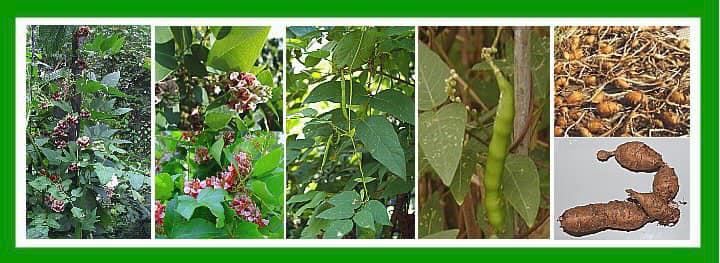
The District of Sipekne’katik in English is translated to the groundnut place, or place of the groundnut. The word for groundnut in Mi’kmaq is Sipekne’. The Latin Name for the groundnut is Apios Americana. Mi’kmaq people have been using Sipekne’ as source of food for thousands of years.
Skull Island burial sites have revealed bread made from grounded Apios Americana and this bread was carbon dated to 1200 AD. This bread is evidence of processed food being created among the Mi’kmaq. Such evidence of groundnuts Sipekne’ being used to make flour which in turn is used to make bread could suggest a much larger population of Mi’kmaq than initially documented as well as give more validity to permanent villages and encampments that strengthen Mi’kmaq title claims and dispels the myth that Mi’kmaq were semi-nomadic people.
In a research article presented by Reynolds, B.D., W.J. Blackmon, E. Wickremesinhe, M.H. Wells, and R.J. Constantin they provide evidence that the groundnut (Apios Americana) was domesticated.
Moreover, aboriginal groups like the Mi’kmaq may have domesticated the groundnut for a steady food source where they could harvest the nuts and later ground into a flour and dry store it so that it would last throughout the winter.


Mi’kmaq in Sipekne’katik used Sipekne’ as a food source right to the present day. This could account for the large fields of groundnuts Sipekne’ found in the low lying areas along the Shubenacadie River and Stewiacke River as described by Father Baird and early Acadian trappers. Baird noted: “These roots in the Savage language are called Chiquebi, and grow readily near oak trees. They are like truffles, but better, and grow under the ground strung to each other like a rosary. There are many of them in certain places, yet it is very difficult to find any place where the Savages have not already been digging.”
Lescarbot describes the use of the root as following: “Which endured the violence of the rivers and even of the sea; nor did they fear, in company With their young servant and another of the household, to ascend the river (Shubenacadie River) flowing into French Bay (Cobequid Bay), to gather acorns and the Chiquebi root in the forest. The Chiquebi root is peculiar to this coast, and is not unlike our potatoes, but more pleasant and useful for eating; its numerous bulbs, joined by a slender thread, grow deep in the earth.” Oral evidence suggest Mi’kmaq in Sipekne’katik may have demonstrated early forms of domestication of “Sipekne’”.
Elders in Sipekne’katik were still making bread using ground Sipekne’ roots right up till the 1980’s. In 1984 Rebecca “Noel” Pictou stated that her Grandmother would save the largest rhizome bulbs she found and then replant them closer to their dwellings along the Shubenacadie River where they would allow them to grow and flower. These flowers would in turn germinate each other and develop seed pods. Her Grandmother would then collect the seeds and plant them the following spring. The resulting plants would all exhibit the larger Rhizome bulb phenotype. This type of selective germination is a form of domestication.
Michael William McDonald is a Mi’kmaw lawyer specializing in Aboriginal, fisheries, criminal and family law
See also: Michael William McDonald: Clans of Sipekne’katik
Check out our new community calendar!
With a special thanks to our generous donors who make publication of the Nova Scotia Advocate possible.
Subscribe to the Nova Scotia Advocate weekly digest and never miss an article again. It’s free!




An interesting article with one small grammatical mistake in the last paragraph. More correct would be “ ground Sipekne roots” .